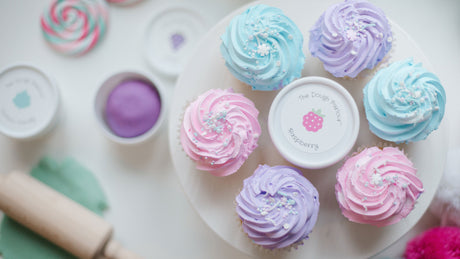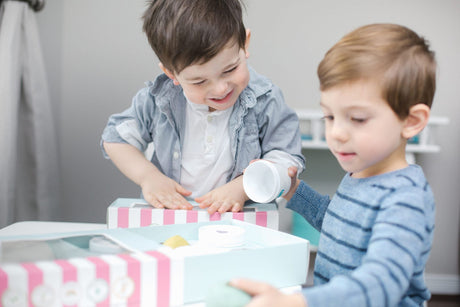
🧠 The Benefits of Sensory Play: Why It Matters for Your Toddler’s Development
If you’ve ever watched your little one squish dough between their fingers or explore new textures with wide-eyed curiosity, you’ve witnessed sensory play in action. More than just messy fun,...



































